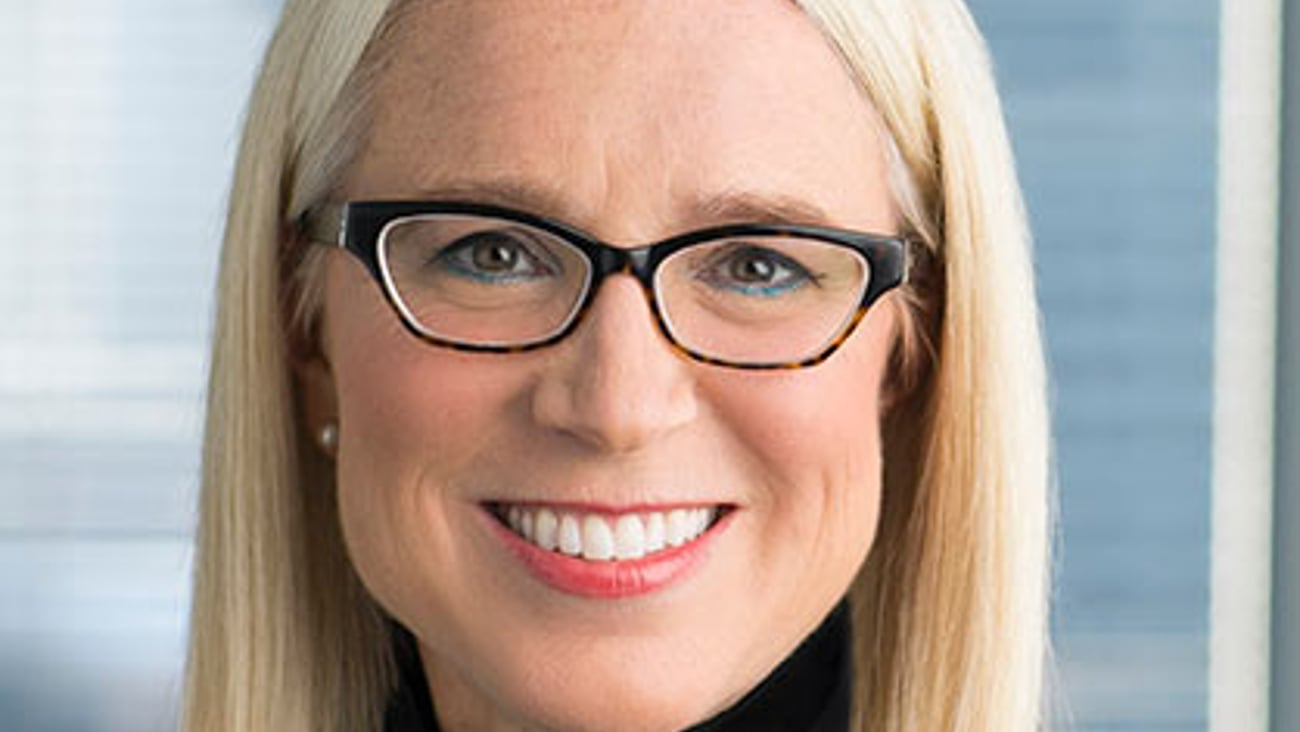How retailers can optimize communications channels to target multiple audiences
I’m a huge fan of private brands. Certain store brands deliver exceptional value to the customer. And despite the historical perception that the quality of store brands is not on a par with national brands, the growing sentiment is that some current private brands products are actually better — better quality, better value — than national brands.
Millennials have shown themselves willing to try private brands and purchase them on the basis of quality rather than name. So it seems worth taking a look at what private brands can do to convey the value and quality equation they offer.
Technology is a means to enablement, and retailers that offer private brands stand to benefit from some of the new capabilities being offered. For example, private brands have the opportunity to create applications that can be segmented to appeal to certain demographics and do so in a low-cost manner. Contrast this to physical retail: If a retailer had to rent stores for a specific demographic under a specific brand, it would cost a fortune to set up the physical space to achieve this. But online, a retailer could reach a particular demographic for a fraction of that cost and probably more effectively.
Retailers can get a sense of how their sites could incorporate different segments that appeal to different swaths of their customer base by asking the right questions such as:
• What kinds of products do millennials like to buy from our store?
• What kinds of products do they like to buy along those certain products?
• How do they like to navigate, and how do they like to make purchases?
• Would a capability like one-click purchasing appeal to that demographic?—
Town Shoes of Canada is one private brand retailer that has achieved this segmentation. Town Shoes has four different brands with a single implementation across one platform. Town Shoes has created multiple digital storefronts for four different demographics. If you are a millennial brand, and your data shows that millennials buy loafers, you can design their online storefront to be more centric on loafers.
This separation of styles brings up the point that the retailer needs to have good data in order to be able to segment its website in this way. Having the ability to change and modify the site and its offerings on a dime is key. This way, retailers can respond to multiple demographics using the same technology.
Because it allows for specific and targeted messaging, the private brand retailer can use its specially segmented site to communicate its values to the desired audience — whether those values are around quality, pricing, ethical production or any other key messaging.
Technology offers myriad ways to appeal to different demographic groups. On a single implementation, retailers can include multiple modes of paying, multiple ways of tapping and all different kinds of search, navigation and product placement on a page. The key is to match these up with how the consumer wants to interact with you. For example, if your demographic is people over 60, building a mobile app may be secondary. But if you’re trying to reach millennials, mobile is the first thing you should be building — this demographic set has clearly stated a preference for mobile shopping.
Once a segmented website has been developed and is on a cycle of constant upgrade and improvement, many trickle-down marketing benefits can derive from it — from social media to email campaigns to chatbots. The specialization of the site opens the way for many different ways of talking to your customers —providing many different voices for reaching different customers all at once.
Sam Cinquegrani is CEO and founder of ObjectWave Corp., a full-service provider of digital commerce solutions. He can be reached at [email protected].




